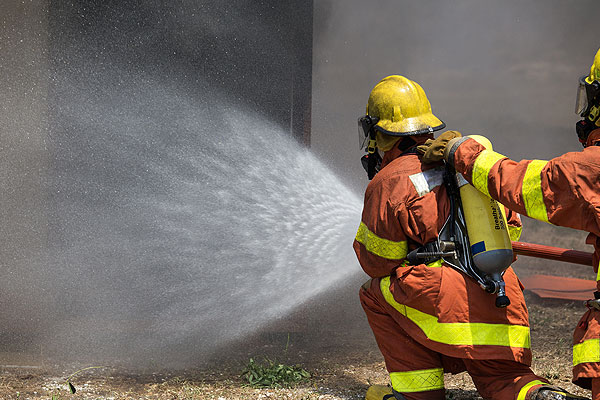When disaster strikes your home in the form of flood or fire, the aftermath can feel overwhelming and devastating. Recovering from such severe damage involves a structured approach beginning with ensuring personal safety to restoring the property to its pre-damage state. This blog post aims to guide you through practical steps to navigate the recovery process effectively.
The reconstruction after a disaster not only demands patience but also good judgment to address health concerns, prevent further losses, and rebuild your living space promptly. We will explore several critical steps that include contacting professionals, evaluating structural damage, dealing with water and mold, understanding insurance claims, and emotionally recuperating from such traumatic events.
Contents
Immediate Response and Safety
The first step in recovering from home damage due to flood or fire is ensuring the immediate safety of all residents. This involves turning off the main power supply if there’s visible damage to your home’s electrical systems and ensuring gas leaks are not present. Quick evaluation for unstable structures and harmful debris is crucial before re-entering your home. During this critical phase, seeking professional help is imperative for safety assessments and effective damage control. You can start by visiting Who Should You Call When You Have Flood or Fire Damage? for expert advice.
Contact emergency services if necessary, and then reach out to disaster recovery specialists who can initiate the process of making your home safe and habitable again. Documenting the damage extensively will also aid in subsequent insurance claims and recovery operations.

Evaluating and Documenting Damage
Post-disaster, a thorough assessment of your property is essential to understand the extent of the damage. Begin by documenting all damages with photographs or videos before any cleaning or repairs start. This evidence is crucial for insurance claims and legal purposes.
It’s advantageous to hire professionals like structural engineers or restoration experts who can provide a detailed report on necessary repairs or replacements. The evaluation should cover everything from walls, floors, and roofs to furniture and personal items affected by fire, smoke, water, or mold.
Cleaning Up
The cleanup process after a flood or fire is extensive but crucial for restoring your property. For flood damage, priority is to remove standing water using pumps followed by drying out the premises with industrial fans and dehumidifiers to prevent mold growth. Soot and smoke removal after a fire requires professional equipment like air scrubbers and foggers to ensure thorough purification of air contaminants.
All damaged items should be sorted into salvaged or discarded categories based on severity of damage – this facilitates systematic restoration or replacement as needed. Always wear protective gear during cleanup operations since contact with contaminated materials can pose health risks.
Navigating insurance claims efficiently is vital for managing financial aspects of disaster recovery. Begin by contacting your insurance company immediately after stabilizing your initial situation. Provide them with all documentation of the damage along with reports from professional assessments.
Understanding your policy coverage details helps avoid surprises during claims processing. Be sure to maintain records of all correspondence with your insurance company along with receipts for expenses incurred due to losses from fire or flood; these are generally reimbursable under most policies.
Emotional Recovery
Recovering emotionally from the distress caused by home disasters is as crucial as physical reconstruction. Acknowledge the emotional strain associated with such incidents and consider seeking support from community groups or professional counselors who specialize in trauma.
Create a step-by-step plan focusing on rebuilding steps which can give you a sense of control over the situation and help in gradually overcoming the anxiety and stress associated with such dramatic life events.
Restoration after home disasters like floods or fires is undeniably challenging; however, following structured steps can significantly ease the process—ensuring safety first, evaluating damages accurately, conducting thorough cleanups, dealing comprehensively with insurance claims, and taking care of one’s emotional well-being are essential parts of recovery. Armed with patience and resilience, you can navigate through these hardships towards restoring normalcy in your life and reclaiming your safe haven—your home.
If you find yourself faced with these challenges, remember that resources are available, and you don’t have to go through it alone. Professionals are there to assist at each step toward recovery, ensuring that you regain your footing as smoothly as possible.


